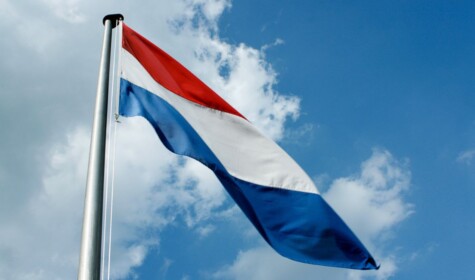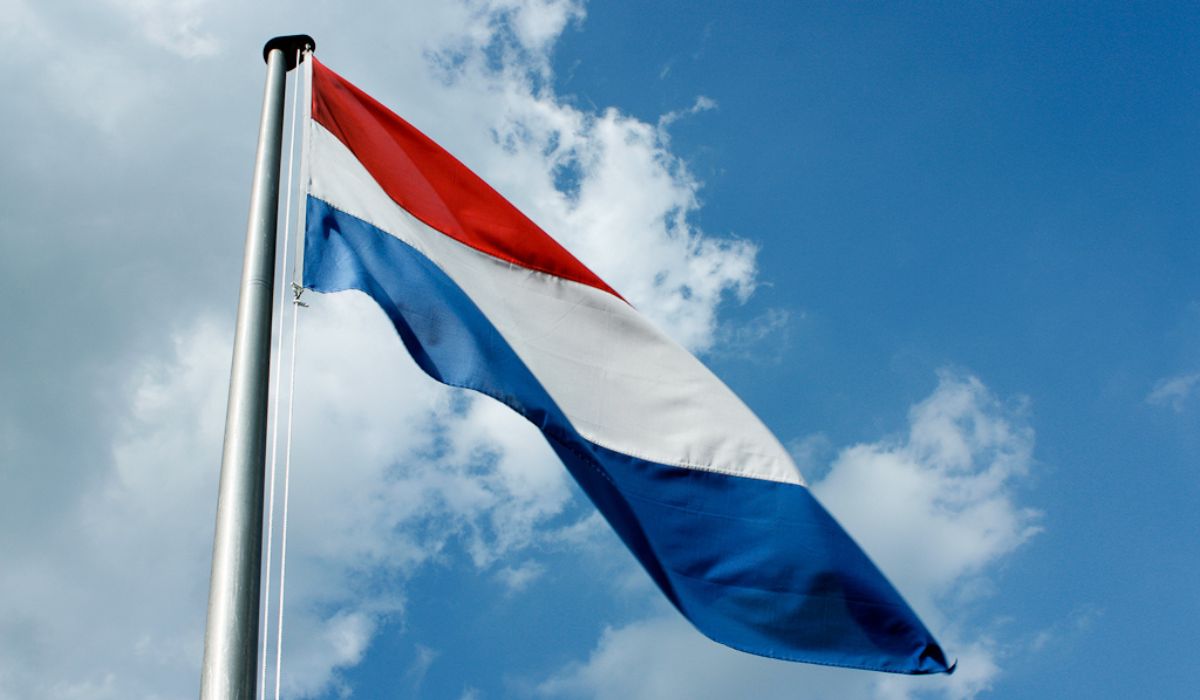Blamed for much of the climate crisis, biodiversity decline, water pollution and greenhouse gas emissions, farmers and farming are at the centre of a worldwide debate which is only gaining heat. This argument has come to a head in the Netherlands, where farmers have been involved in high-conflict protests, blocking roads with tractors and farm waste, and setting fire to bales of hay. Police response to protests has been reportedly heavy handed – even shooting at protestors.
Why are they protesting? Dutch courts have insisted on a 50% (up to 70% in some areas) reduction in nitrogen pollution by 2030, to be achieved by drastic reductions in livestock numbers. Farmers feel singled out, and the Government has taken a U-turn on its previous support of intensive farming.
The problem
For decades, in the Netherlands, government policy has promoted the intensification of the livestock sector, and a lack of intervention in the market has meant that prices have been pushed down, leaving ever-greater intensification as the only means to stay afloat for many. The Netherlands have Europe’s highest livestock density, with 3.8 ‘livestock units’ (a measure of animal numbers) per hectare of agricultural area, which, being a small country, leaves it with a huge issue when it comes to the volume of waste these animals produce. When manure and urine mix, ammonia, a compound of nitrogen, is released, and can damage natural habitats and result in air pollution. While the focus of much of the coverage has been on dairy farms, pig farms in the Netherlands, in particular, are also a major source of nitrogen and phosphate pollution, with much of the nitrogen coming in the form of high protein soybean meal, often imported from recently deforested areas in South America.
…click on the above link to read the rest of the article…

